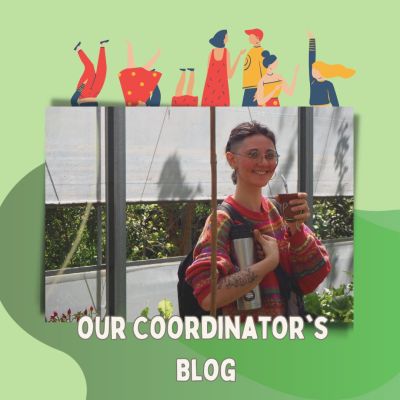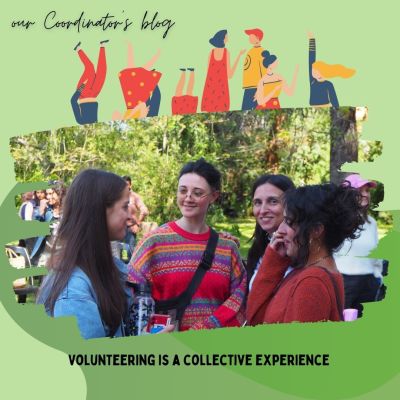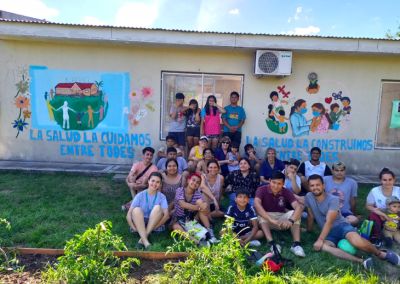About 28km north of Buenos Aires city lies Tigre – a picturesque town sat on the Paraná Delta. Don't be fooled by the name. You won't be seeing any tigers stalking the undergrowth here, the name derives from the jaguars which were hunted in the area in the 1800s and if you look closely at the flag and seal which adorns every road sign and tourist attraction you'll see there are no stripes, it is in fact a jaguar!
Rather than facing the weekend crowds we favoured a quiet Wednesday jaunt on the bright blue, shiny new air conditioned 'Trenes Argentinos' to Tigre. It is one of the capital's favoured day trips and the perfect escape from the hustle and bustle of city life. Arriving at Tigre we were expecting to be inundated with tour guides trying to entice us on to their boats but coming during the week, and off season, meant that there were few people about so we were left to our own devices to follow the river path and nose around the streets, rowing clubs and marinas, barely meeting another person on this quiet sunny afternoon.
Passing a small museum dedicated to Argentina's favourite drink, Mate and the Naval Museum we then ended at the impressive architecture of the Art Museum. Interestingly, this building was not initially built to be a cultural space or a museum but instead a slightly lower brow entertainment hub for gambling and dancing! The permanent collection of art housed there features Argentine works from the 19th and 20th centuries.
With so few people about it was difficult to get an idea of which restaurants were popular with the locals but the bright yellow building of the 'Club De Regatas Hispano Argentino' drew us in with the promise of fresh fish and we were not disappointed – it was a great find and a place we would happily return to.
By now we were desperate to get out on the water so we walked back to the other side of the water to book onto a short 1 hour boat ride up the delta. There were of course plenty of options for longer trips, and many including lunch and luxury spa visits along the way but for a quick and easy glimpse of the waterways this suited us fine. Leaving at 5pm in the afternoon we got to enjoy the sun low in the sky, silhouetting many of the stilted waterside houses – it was very beautiful. Being one of the later rides of the day it was clear that the locals who live in these houses also managed to catch a ride, and used our boat like a water taxi and a delivery service for fresh water (and dog food!) stopping at the little jetties along the way as required. There are no roads that lead to the houses along the waterside, so all supplies are delivered via the water – we passed a gentleman rowing swiftly with his shopping bag from the local supermarket, let's hope he hadn't forgotten anything!





